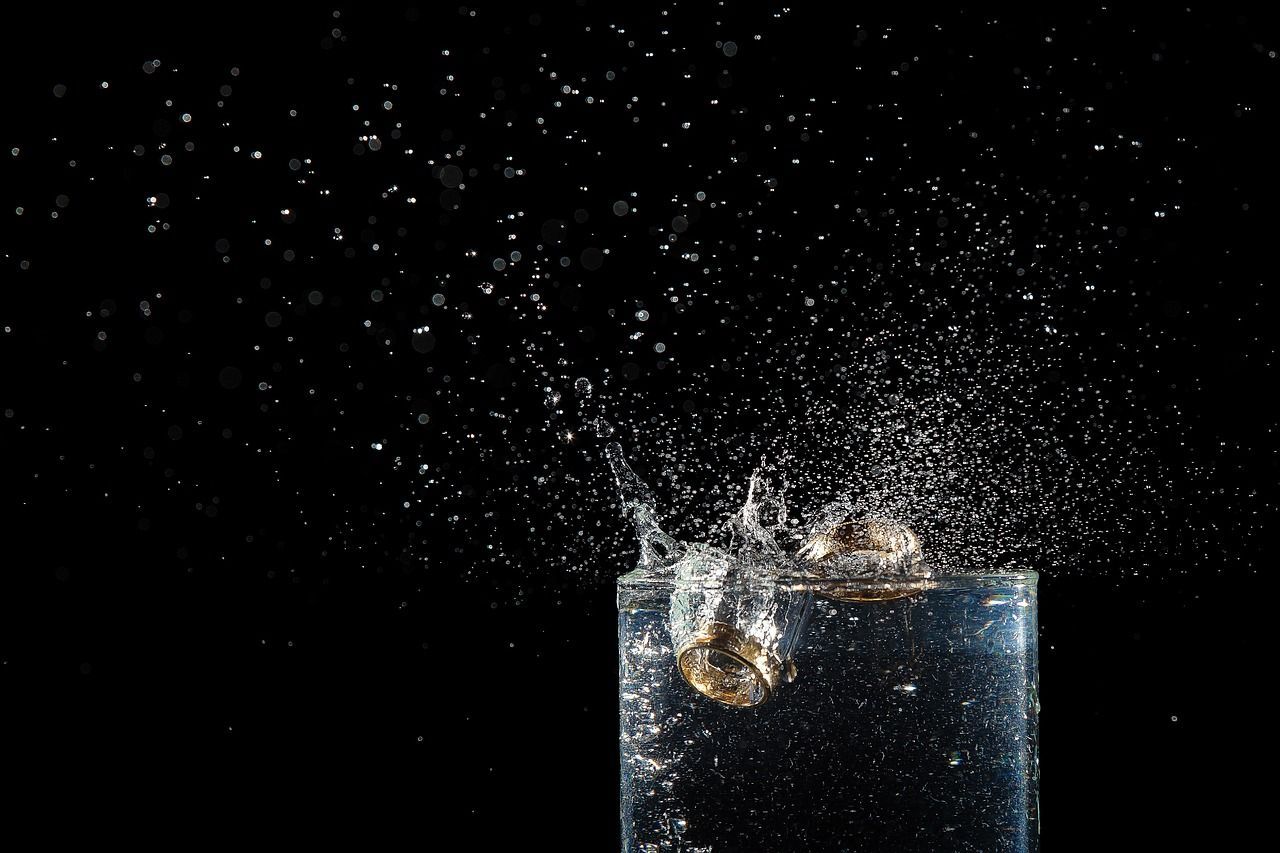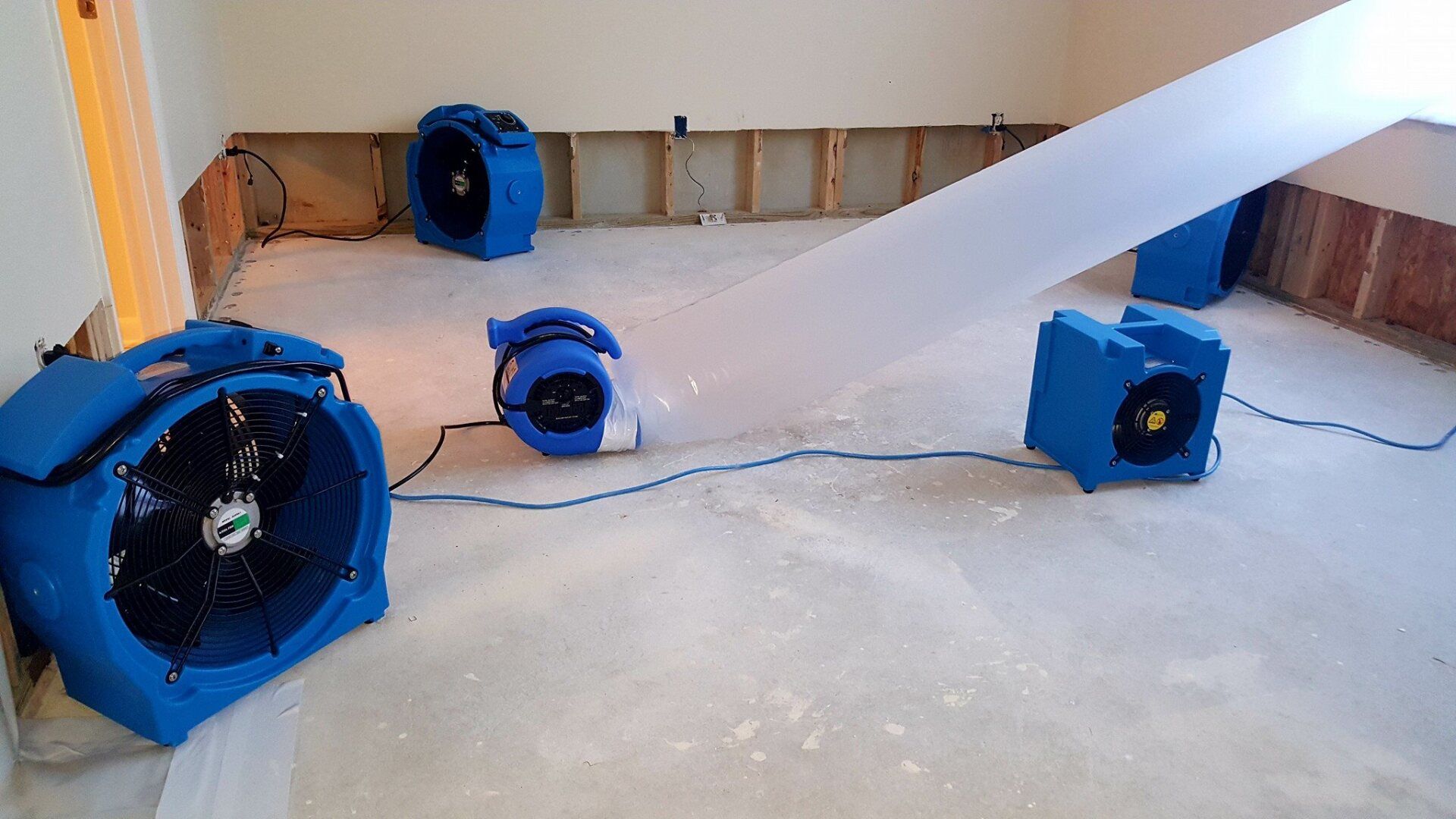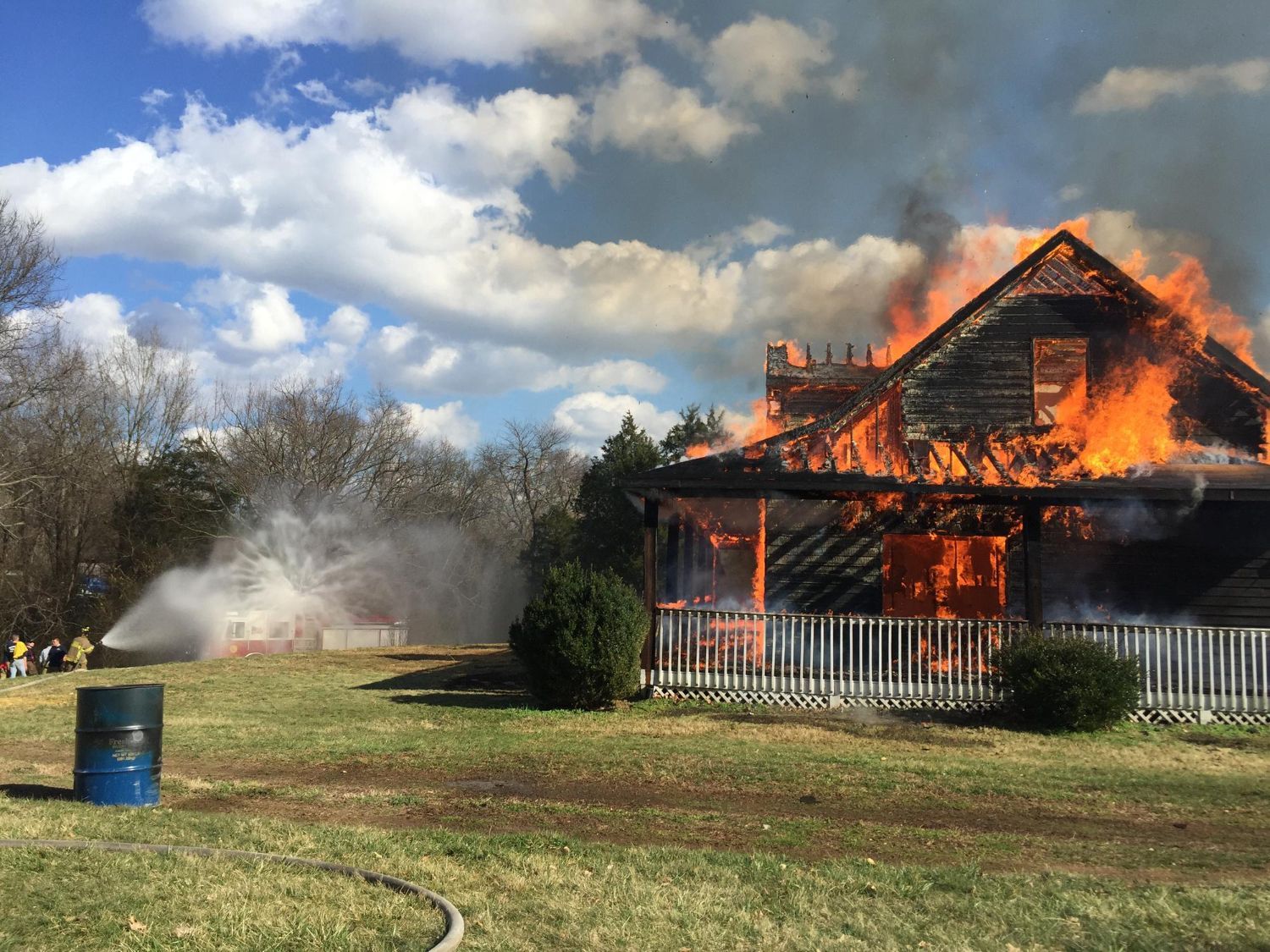Experiencing a fire in your home or business is traumatic and overwhelming. Once the flames are extinguished, the real work begins. Swift action is crucial to address the aftermath and begin recovery. The longer the response is delayed, the more damage can occur, making the restoration process more complicated and costly.
The immediate aftermath of a fire presents numerous risks. Structural vulnerabilities can pose safety hazards, while smoke and soot create health concerns. Without rapid intervention, water used to extinguish the fire can cause further damage, leading to issues like mold growth.
Effective and timely action ensures that the property is secured and that restoration efforts begin promptly. Engaging professional help can make a significant difference in efficiently managing and mitigating the aftermath of fire damage, helping you return to normalcy sooner.
Immediate Risks of Fire Damage
After a fire, buildings can become structurally compromised. The intense heat can weaken supports within walls, floors, and ceilings, creating potential hazards for anyone entering the area. Fire can cause materials like wood and metal to warp or even collapse, making swift assessment crucial to prevent accidents. It's essential to avoid entering the property until professionals deem it safe.
Health hazards from smoke and soot are another immediate concern. Soot can infiltrate your HVAC system, spreading tiny particles throughout the building. These particles can irritate the lungs and aggravate health conditions such as asthma. Additionally, lingering smoke smell can be absorbed by walls, carpets, and furniture, posing long-term health risks if not properly addressed.
Securing the property post-fire is vital to prevent further damage. Open windows, doors, and roof breaches can allow elements like rain and wind to exacerbate the damage. Animals and unauthorized individuals might also enter, potentially causing more harm. Proper boarding up and securing entry points help stabilize the site, making it safer for restoration efforts to begin. Quick action ensures the site remains as intact as possible, minimizing further risks.
Preventing Further Damage
Firefighting efforts, although essential, introduce their own risks if not promptly managed. Water and chemicals used to extinguish fires can saturate floors and walls, leading to potential water damage. Excess moisture in surfaces can lead to mold growth if left unaddressed. Prompt water extraction and drying are crucial to prevent these issues.
Unattended secondary damage can escalate rapidly in the aftermath of a fire. For instance, water-damaged materials left in place can degrade, leading to structural concerns. Also, the combination of soot and moisture can cause corrosion on metal surfaces, tarnishing appliances and fixtures. It's important to address these aspects immediately to prevent a minor inconvenience from turning into a major problem.
A quick response is key to mitigating damage escalation. Engaging professionals soon after the fire helps ensure that initial damage does not spiral into more extensive issues. Immediate steps typically include thorough inspection and assessment, followed by systematic cleanup and drying. This approach limits the spread of damage and sets the stage for effective restoration, preserving the integrity and safety of your property.
Restoration and Recovery Steps
Professional fire damage restoration involves several key steps designed to return your property to its pre-fire condition. The process typically begins with an assessment conducted by experts who evaluate the extent of the damage. This assessment helps to identify the areas requiring immediate attention, allowing for the creation of a strategic action plan.
Specialized equipment and techniques are employed during the cleanup phase. This includes using industrial fans and dehumidifiers to remove moisture and high-efficiency particulate air (HEPA) filters to clean the air of soot particles. Thermal fogging and ozone treatment might be used to eradicate persistent smoke odors. These tools are crucial in ensuring a thorough cleanup and preventing further damage.
Professionals prioritize restoration tasks by addressing the most pressing needs first, such as structural repairs and eliminating health hazards. They work systematically to restore the property, ensuring that safety and functionality are quickly restored. By following a detailed plan and utilizing advanced technology, they help to reduce the downtime resulting from a fire incident.
Health and Safety Considerations
Health and safety are critical concerns following a fire. Lingering smoke odors and residues can pose continuous threats if not properly handled. Smoke particles can cause respiratory issues and may aggravate existing health problems. Thus, addressing these residues with professional cleaning methods is essential.
Protecting occupants is a top priority during restoration. Workers and residents alike must be shielded from hazardous conditions during and after the cleanup. This involves using personal protective equipment (PPE) and ensuring proper ventilation when dealing with affected areas.
Guidelines for safe entry and occupation after restoration include a thorough inspection to confirm that all safety hazards have been addressed. Professionals typically provide clearance for re-entry after confirming that the environment is safe. Proper sealing and cleaning of all surfaces help prevent future health risks, ensuring the property is ready for reoccupation.
Conclusion
Addressing the aftermath of a fire swiftly and efficiently is imperative to safeguarding your property and the people within it. The journey from a fire event to full recovery is intricate but can be managed successfully with careful planning and professional expertise. Fire damage restoration extends beyond mere cleanup, involving a careful balance of immediate response and long-term solutions to restore safety and comfort.
Taking immediate action after experiencing fire damage is essential to minimize long-term consequences and protect your property investment. If you face fire damage challenges, consider reaching out to Faulkner Restoration. Our experienced
damage restoration company offers comprehensive restoration services tailored to meet your needs and ensure the safety and well-being of all involved.
Contact Faulkner Restoration Today!
Faulkner Restoration will do everything we can to ensure your experience with us is excellent.
Request A FREE Estimate
Request a Free Estimate Form
Checkout Recent Post





